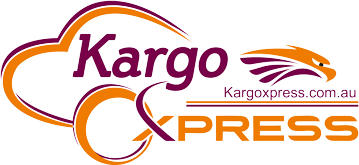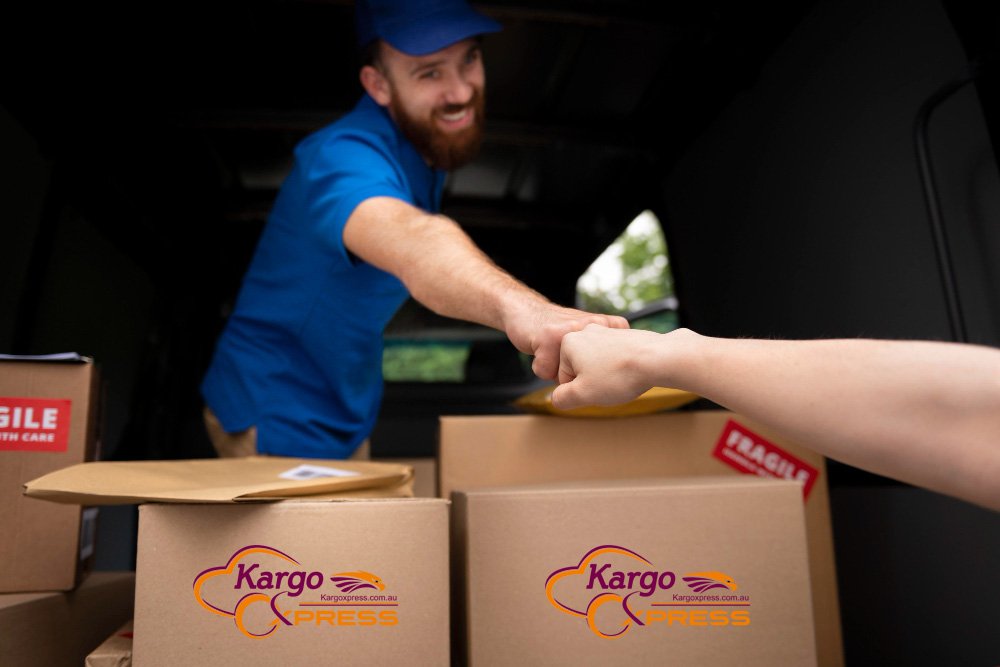In 2023, a remarkable 80% of Australian households, totaling 9.5 million homes, embraced online shopping, leading to millions of parcels delivered across the country. E-commerce businesses and retailers now face the challenge of swiftly and accurately fulfilling orders for their customers.
E-commerce fulfillment is the critical process that occurs after a customer makes a purchase from your online store. It encompasses storing products, packing them, and shipping them out. While it may seem straightforward, selecting the right partner to manage this process can be challenging.
In this blog post, we will provide five expert tips to help you find the optimal e-commerce fulfillment partner for your business.
5 Pro Tips for Selecting an E-Commerce Fulfillment Provider
In its essence, e-commerce fulfillment covers the entire process from the moment a customer places an online order to the delivery of that order to their doorstep. This journey involves key steps including inventory storage, product picking and packing, shipping, and managing returns.
Fulfillment plays a pivotal role beyond logistics—it significantly impacts the customer experience and shapes their perception of your brand. A positive fulfillment experience can foster repeat purchases, customer loyalty, and word-of-mouth referrals. Conversely, a negative experience can deter potential repeat business and negatively impact your brand’s reputation.

Pro Tip 1: Evaluate Your Business Needs and Objectives
The initial step in identifying your ideal e-commerce fulfillment partner is to thoroughly understand the unique needs and objectives of your business. Each online business operates differently, serving specific markets with distinct products, target demographics, and operational scopes. Understand the specifics of your business model—whether you’re a small boutique specializing in handmade goods or a larger enterprise with a diverse product range—and identify the type of fulfillment services required.
Establish clear and specific objectives for your fulfillment strategy that align with your overall business plan. Examples of fulfillment objectives may include reducing delivery times, expanding into new markets, or offering customized packaging options.
These defined objectives will serve as a compass for selecting a fulfillment partner capable of meeting your specific requirements.”
Pro Tip 2: Emphasize Shipping Speed
In today’s market, consumers expect swift delivery services, setting a high standard for e-commerce businesses. Fast delivery is no longer just a preference; it’s a critical factor in the purchasing decision. In fact, 88% of consumers prioritize fast delivery and are willing to pay extra for it.
Selecting a fulfillment partner known for rapid shipping can directly impact your business’s success. When assessing potential partners, prioritize their shipping speed capabilities as a key criterion. Emphasizing speed can greatly enhance customer satisfaction and differentiate your business in a competitive landscape.
Pro Tip 3: Explore Personalization and Branding Options
Today’s consumers are increasingly drawn to brands that offer a unique, personalized shopping journey. Providing a customized experience not only makes customers feel valued but also elevates the overall shopping experience, increasing the likelihood of repeat purchases.
Personalization extends to how products are packaged and delivered. This could involve including personalized notes, using custom packaging that reflects your brand’s identity, or offering special promotions tailored to individual customers.
According to Forrester, 89% of digital businesses are investing in personalization, with major brands like Coca-Cola and Netflix leading the way. A fulfillment partner that facilitates customization in packaging and delivery can significantly enhance your brand’s appeal.”
Pro Tip 4: Assess Technology and Integration Capabilities
When assessing potential fulfillment partners, prioritize their technology platform’s capabilities. Real-time inventory tracking is essential for continuous monitoring of stock levels, preventing overselling and stockouts. Furthermore, seamless integration with e-commerce platforms like Shopify, WooCommerce, eBay, and others streamlines online store management by automating order processing and fulfillment tasks, saving time and reducing manual errors.
A robust technology stack can also provide valuable insights into customer behavior and order trends, empowering data-driven decision-making to propel your business forward.
Pro Tip 5: Evaluate Cost Structure and Transparency
Select a fulfillment partner with transparent pricing and clear fee structures, avoiding hidden charges. This transparency enables accurate cost calculation and expense forecasting, preventing surprises in the future.
Transparent pricing facilitates easier comparison of fulfillment partners based on cost-effectiveness. Some may appear cheaper upfront but impose additional fees for storage, handling, or shipping, which can accumulate over time. Conversely, a comprehensive, all-inclusive pricing model might offer better long-term value despite higher initial costs.
Choosing a partner with transparent pricing fosters trust and reliability in the business relationship. A provider upfront about costs is likely to demonstrate honesty and integrity in all aspects of their service.”

